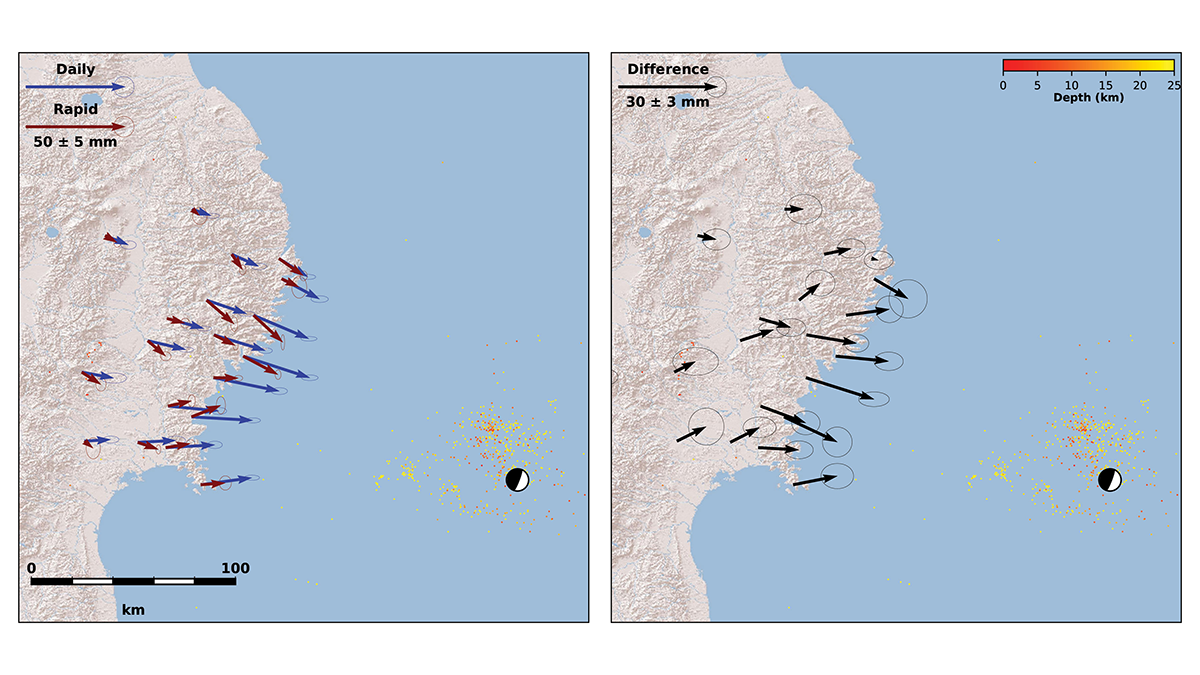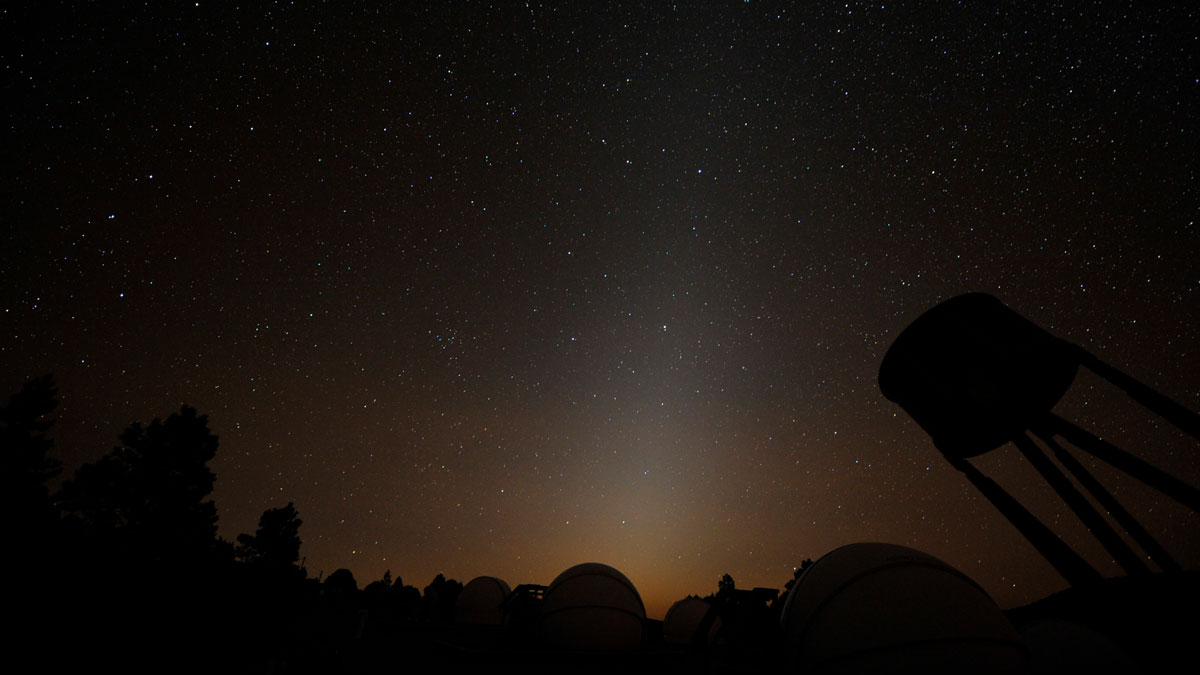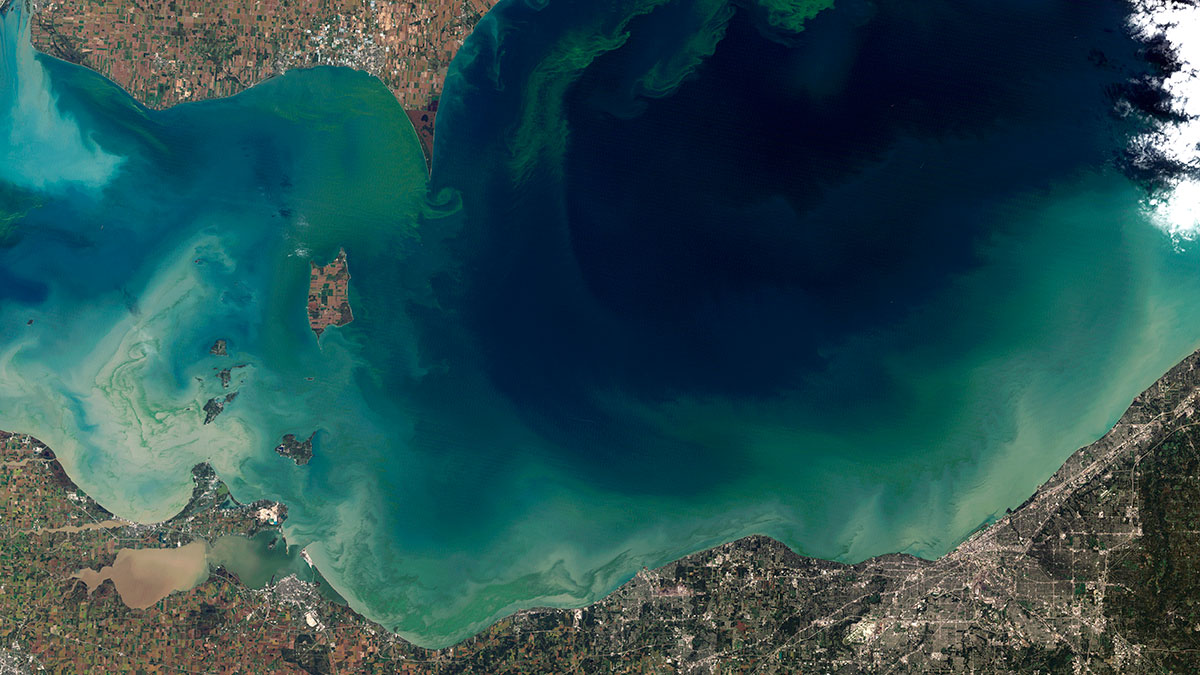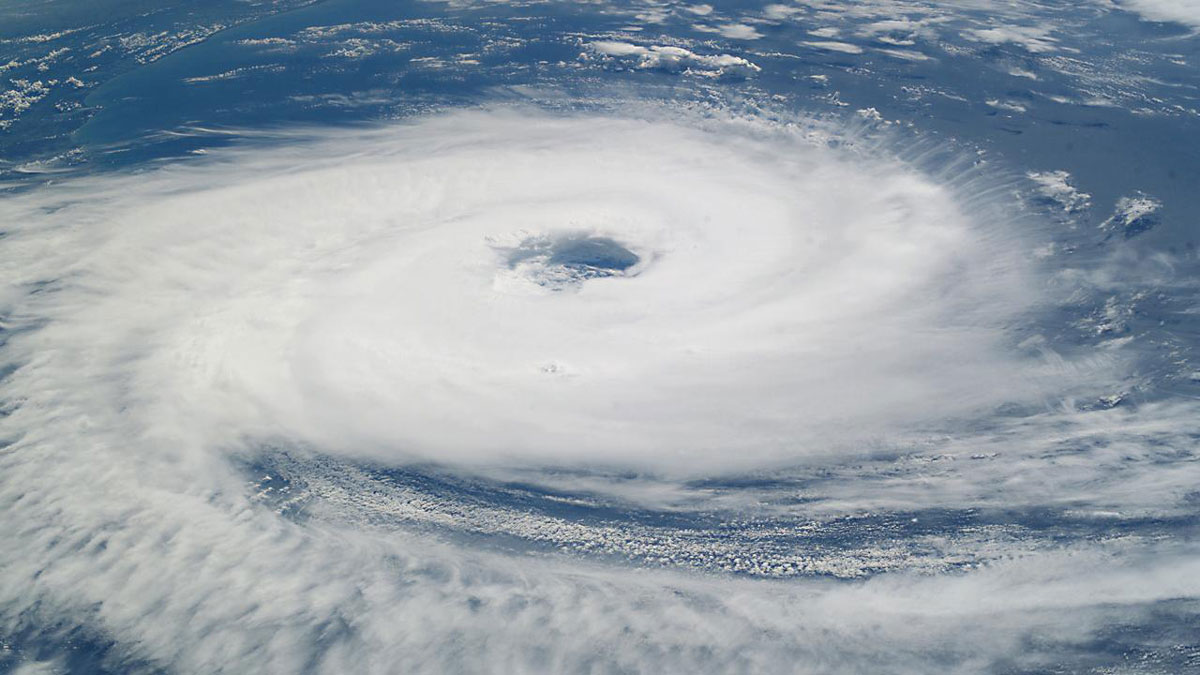Smoke from wildfires burning in the western United States carries harmful pollutants across the country.
Research Spotlights
Research spotlights are plain-language summaries of recent articles published in AGU’s suite of 24 journals.
Improving Coseismic Slip Measurements
A physics-based method estimates the duration of earthquakes’ coseismic phase and can help improve the precision of coseismic slip models and magnitude estimates.
Tubos de lava terrestres podrían ofrecer información sobre la vida extraterrestre
Una nueva investigación encuentra que Actinobacteria en cuevas de lava fijan carbón y sobreviven independientemente de aportes superficiales, ofreciendo una nueva perspectiva en la investigación de la vida fuera de la Tierra.
Air Pollution Poses Inequitable Health Risks in Washington, D.C.
Certain health risks are greatest in neighborhoods with higher proportions of people of color and lower levels of income and education.
New Theory Connects Tree Uprooting and Sediment Movement
Tree throw from extreme wind events plays an important role in the movement of sediment and erosion on forested hillslopes. A new theory offers a novel way to measure its impact.
Cosmic Dust May Be Key Source of Phosphorus for Life on Earth
When tiny particles enter Earth’s atmosphere, a newly described series of chemical reactions may lead to production of phosphorus-containing molecules that are essential for biological processes.
Current History: Exploring the Past of the Tasman Leakage
A new study sheds light on an important Pacific-to-Atlantic connecting current, including the global changes that led to its flowing that ushered in near-modern ocean circulation.
Cyanobacteria Blooms Exceed WHO Thresholds in Midwest Lakes
A study of 369 lakes across the Midwest finds that many of them, especially those close to agriculture, have high concentrations of harmful algal bloom-causing cyanobacteria.
Stratospheric Balloons Listen In on Ground Activity
Solar-powered hot-air balloons, floating 2.5 times as high as Mount Everest, detected a buried explosion more clearly than ground-based sensors did.
Cyclone “Seed” Survival Affects Hurricane Season Intensity
Understanding how seed storms grow into full-blown hurricanes and typhoons could help predict hurricane season intensity in a changing climate.










